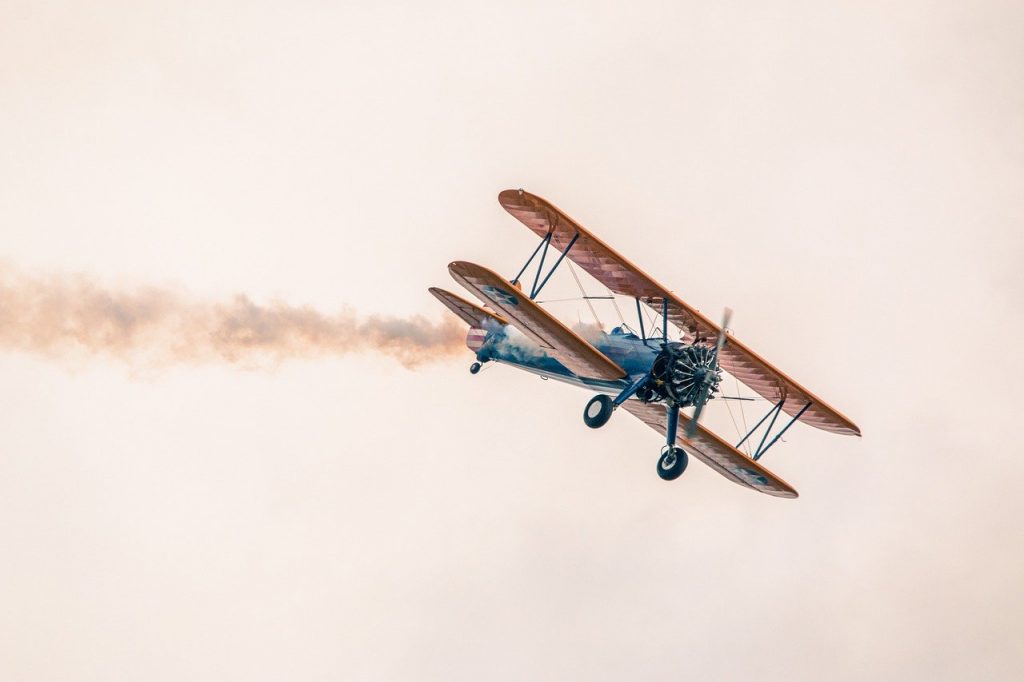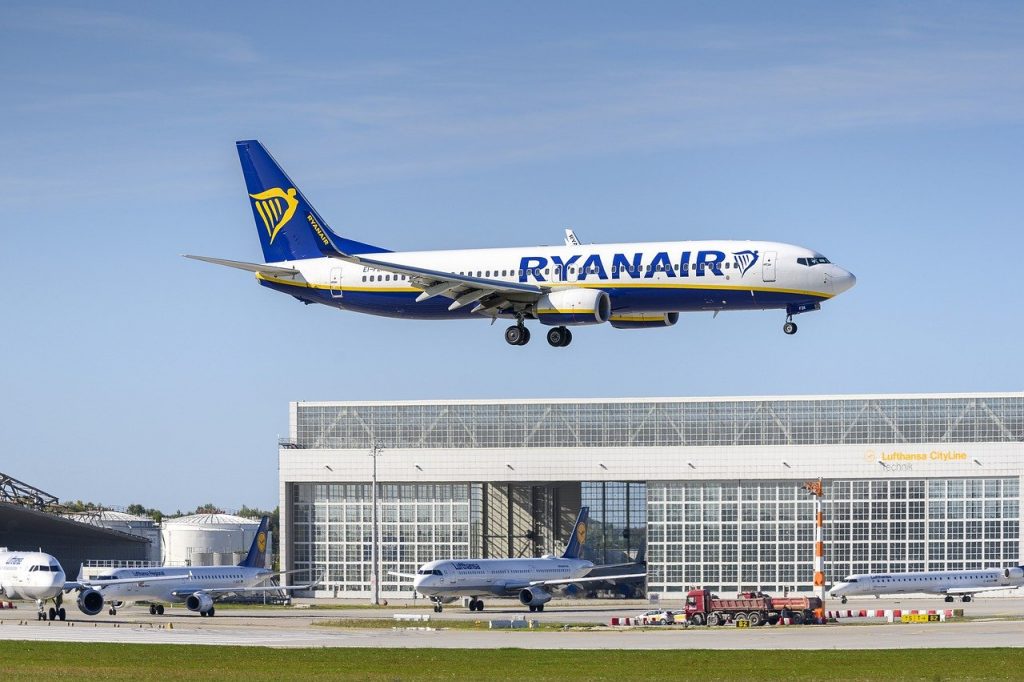What is drag?
The drag in aerodynamics can be defined as an opposing force on the motion of the aircraft. Every part of the aircraft, along with the engine is found to produce drag. This mechanical force is not formed due to a force field(gravitational field or electromagnetic field).
The force field arises even when the solid body is in contact with fluids. Contrasting to this, drag is generated only when the solid is in contact with the liquid. Additionally, you can learn about the lift in my previous posts also make sure to check blogs here.


What is drag
The drag force is likely to be found as the imposter in decreased fuel efficiency. The difference in velocity between solid and fluid. The density which is also known as mass, when increased the inertia increases producing more resistance resulting in drag.
What is drag in science?
Drag is also found to increase with an increase in area. As we know that drag is produced due to the movement of the airplane relative to the speed at which it is moving through the air. Also, speed in the movement gives rise to more resistance contributing to an effective drag force. The flaps in the aircraft help in increasing the drag helping to resolve a steeper landing approach.
Drag isn’t dependent on one single factor it is a cumulative phenomenon. For example, drag is heavily dependent on shape as with any aerodynamic phenomenon. The texture and viscosity (which results in viscous drag or skin friction drag), compressibility, lift (which causes induced drag), boundary layer separation, and so on are also very important.
Drag Force Example
Boat sailing in the sea
Airplane flying in the sky
Types of drag in Aerodynamics
1. Parasite Drag
It is caused by the shape of the airplane and construction type that produces resistance.
2. Skin friction Drag
Any debris on the structure can produce skin friction drag like the snow, dirt, and dead bugs that build upon an airframe. It is a parasite drag.
3. Pressure Drag
Pressure drag, also called form drag is a type of parasite drag, relays over the shape of the aircraft. Sleek planes generate less drag, while bulk ones generate more drag. This explains the speed of the jet.
4. Interfere drag
This is the final type of parasite drag. The direction and speed of the airflow are dependent on several components producing an additional drag. The total amount of drag is greater than the individual drag.
5 . Profile Drag
At times the form drag and interference drag are considered together. This is called the profile drag.
6. Lift-Induced Drag
Lift-induced drag is a drag that is produced due to lifting. Downwash is something that is caused by the air and vortices rolling off the trailing edge of the wings. this is another type of lift-induced drag.
7. Wave Drag
To experience this type of drag the plane must fly at supersonic speeds that produce a shockwave traveling past the trailing edge. These shock waves created in the airplane or airframe separate the airflow around the airframe from the trailing edge contributing to wave drag.
Any aircraft in the air is subjected to the forces of flight, irrespective of the design it is built upon. The total drag is experienced by the aircraft when all seven types of airplane drag, when considered together. Drag and Lift are essential for an aircraft to be stable and maneuverable as you will be losing vertical control of the aircraft if you have too much.
Let us say that you have less drag and more lift which means you can’t ever reduce the altitude at which you’re flying and means you can’t land. In other cases, if you have more drag and less lift means the aircraft will stall and will ultimately never gain altitude. It is always good to remember that exceeding any limit is dangerous. Thanks for reading have a good day!


References:
https://www.grc.nasa.gov/www/k-12/airplane/drag1.html
https://physics.info/drag/
https://www.sciencelearn.org.nz/resources/1346-causes-of-aerodynamic-drag

Pingback: Drag coefficient – Greek origin story to modern aviation applications and everything you need to know about drag coefficient - Criss Cross Tamizh Blog
Pingback: The history of Aerodynamic laws – Journey from a bathtub, an apple tree to modern planes everything you need to know! - Criss Cross Tamizh Blog
Pingback: Thrust in an Airplane. What exactly is thrust in aerodynamics? - Criss Cross Tamizh Blog
Pingback: Turboprop aircraft – the old gold of aviation. - Criss Cross Tamizh Blog